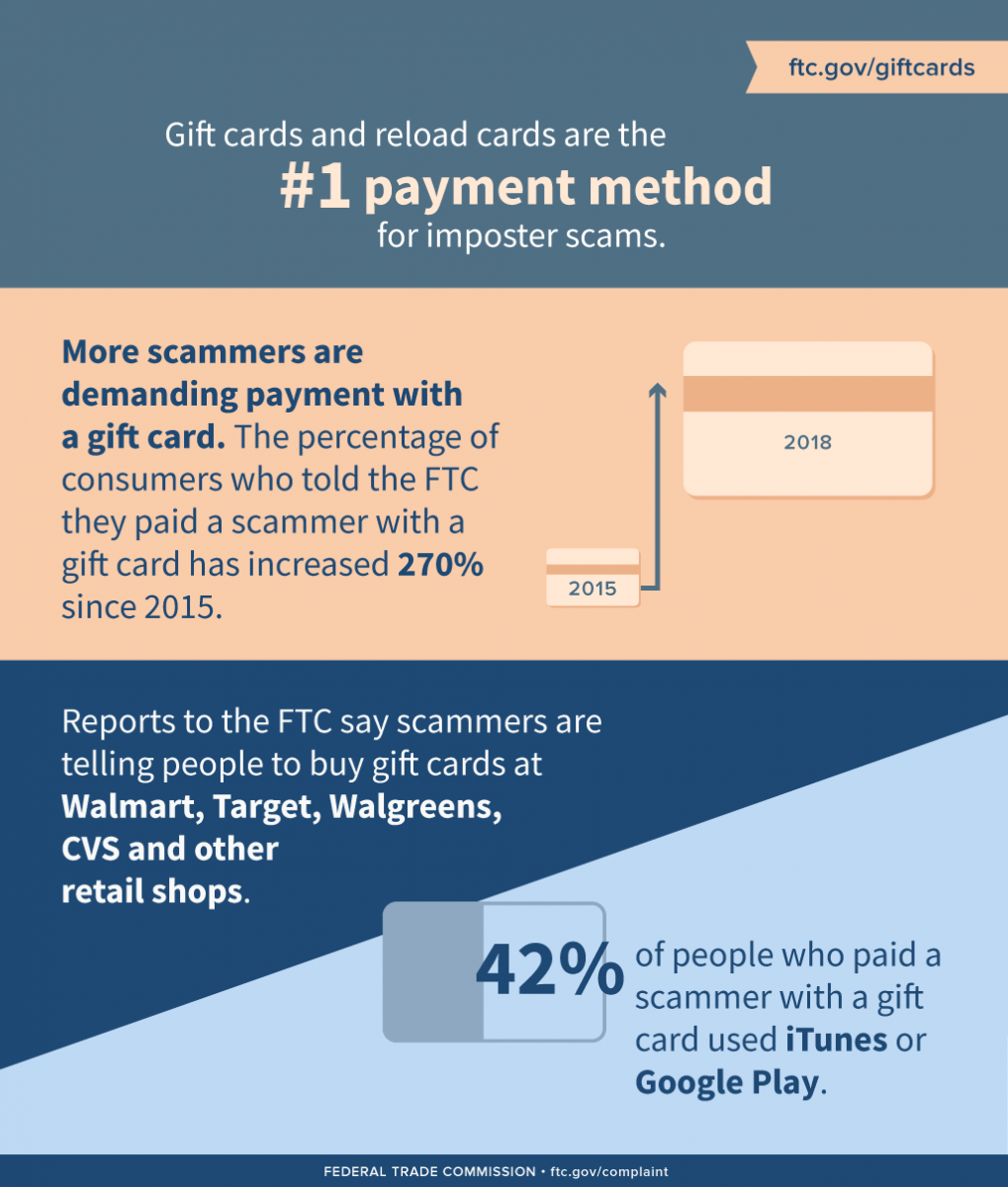Personalized Memorial Candles With Glass Holders
The History of Glass EngravingCreated in the center East and Egypt on hardstone, copper wheel engraving survived as a craft in seventeenth century Bohemia and Dresden on glass. It was made use of for a range of purposes, consisting of illustrating the imperial double-headed eagle (Reichsadlerhumpen) and allegorical motifs.
Engravers of this duration progressively deserted direct clearness in favour of crosshatched chiaroscuro impacts. A few engravers, such as Schongauer and Mantegna, handled glass with a sculptural feeling.
Old Art
By the end of the 17th century, nonetheless, diamond-point inscription was being replaced by wheel engraving. Two notable engravers of this period deserve reference: Schongauer, who increased the art of glass engraving to rival that of paint with jobs like Saint Anthony Tortured by Demons, and Mantegna, that shaded his drawings with short scribbled lines of differing size (fig. 4) to accomplish chiaroscuro effects.
Other Nuremberg engravers of this time consisted of Paul Eder, that excelled in delicate and tiny landscapes, and Heinrich Schwanhardt, that inscribed inscriptions of fine calligraphic top quality. He and his boy Heinrich likewise established the technique of engraving glass with hydrofluoric acid to generate an impact that looked like glass covered in ice. The etched surface area might then be cut and inscribed with a copper-wheel. This technique is utilized on the rock-crystal ewer shown below, which integrates deep cutting, copper-wheel engraving and polishing. Recognizing the etching on such pieces can be difficult.
Venetian Glass
When Venice was a European power, Venetian glassmakers took the lead in several high value-added markets. Unlike textiles and style, glassmaking maintained a tradition of sophisticated strategies. It likewise carried seeds of the decorative majesty symbolized in Islamic art.
However, Venetian glassmakers were not anxious to share these concepts with the rest of Europe. They maintained their craftsmen cloistered on the island of Murano so they would not be affected by new trends.
Despite the fact that demand for their product ups and downs as tastes transformed and competing glassmakers emerged, they never ever lost their appeal to well-off customers of the arts. It is therefore not a surprise that etched Venetian glass shows up in many still life paints as a sign of luxury. Usually, a master gem cutter (diatretarius) would certainly reduce and decorate a vessel originally cast or blown by one more glassworker (vitrearius). This was a pricey venture that required wonderful skill, perseverance, and time to create such detailed job.
Bohemian Glass
In the 16th century, Bohemian glassmakers adapted the Venetian dish to their own, developing a much thicker, clearer glass. This made it less complicated for gem-cutter to carve similarly they carved rock crystal. In addition, they established a method of reducing that allowed them to make really comprehensive patterns in their glasses.
This was adhered to by the production of tinted glass-- blue with cobalt, red with copper and light green with iron. This glass was preferred north of the Alps. Additionally, the slim barrel-shaped goblets (Krautstrunk) anniversary glass gift ideas were additionally popular.
Ludwig Moser opened up a glass design workshop in 1857 and was successful at the Vienna International Exhibit of 1873. He established a totally incorporated factory, supplying glass blowing, polishing and inscribing. Up until completion of World War II, his company dominated the marketplace of engraved Bohemian crystal.
Modern Craft
Engraving is among the oldest hand-icraft techniques of ornamental refinement for glass. It demands a high degree of precision in addition to a creative creativity to be reliable. Engravers need to additionally have a feeling of composition in order to tastefully integrate glossy and matte surfaces of the cut glass.
The art of inscription is still alive and flourishing. Modern strategies like laser engraving can accomplish a greater level of detail with a better speed and accuracy. Laser modern technology is also able to create layouts that are less vulnerable to damaging or cracking.
Inscription can be made use of for both industrial and ornamental objectives. It's popular for logos and hallmarks, along with decorative embellishments for glass wares. It's also a popular method to include personal messages or a champion's name to prizes. It's important to note that this is a hazardous job, so you should always utilize the ideal safety equipment like safety glasses and a respirator mask.
